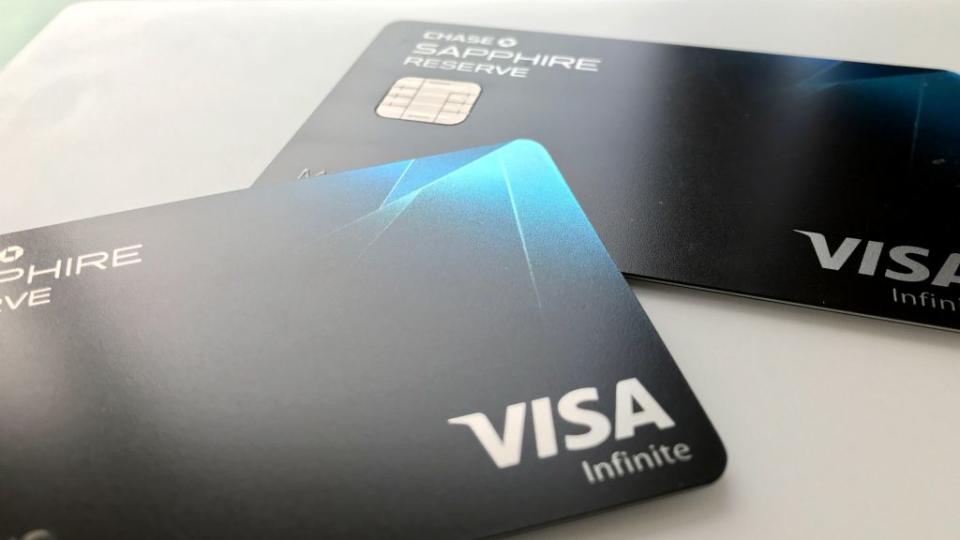JPMorgan is taking a $200 million hit after its new credit card went overboard with the rewards

JPMorgan Chase’s coveted new credit card is putting a dent in the company’s profits.
CEO Jamie Dimon told investors at a conference on Dec. 6 the Chase Sapphire Reserve, which was released this summer, will lower the company’s profit by $200 million to $300 million in the fourth quarter, according to Bloomberg.
The losses are due to the lavish rewards Chase is offering to entice high-spending clients, including a lucrative 100,000-point bonus—worth $1,000 to $1,500 depending on how it’s redeemed—for those who spend $4,000 in the first three months, access to select airport lounges, and a $300 annual travel credit. For its perks, the credit card comes with a steep $450 annual fee, plus $75 a year for each additional cardholder.
“The card has been doing great,” Dimon said. “Now we have to account for acquisition cost in that business.”
The Reserve became an overnight hit among credit-card enthusiasts when it debuted—so alluring it took on coveted-gadget status with unboxing videos as well as thousands of comments on forums and Reddit posts. It was so popular Chase actually ran out of the metal that’s embedded in the cards, a touch to make the Sapphire Reserve feel heavier, and thus more special, than regular credit cards.
While the Sapphire Reserve has been a breakout success, in terms of popularity at least, one analyst estimates it’ll take five and a half years before the company will break even on it. The concern is around whether Chase’s new card will attract long-term customers or so-called “churners,” people who habitually sign up for new credit cards solely for their bonuses and cancel them before the next annual fee is charged.
Read this next: Millennials are fawning over a new credit card with a $450 annual fee

Sign up for the Quartz Daily Brief, our free daily newsletter with the world’s most important and interesting news.
More stories from Quartz:

 Yahoo Finance
Yahoo Finance